Summer Kappe Reading List Highlights Diversity of Story Through Singular Works
This summer iteration of the Kappe Library Reading List features a dozen books that are all recently acquired monographs. They approach their subjects through different lenses—historical, formal, social, etc.—but all focusing on one specific building, design, artwork, or project. This selection of titles includes a history of the acclaimed Kunsthal in Rotterdam; an expansive illustrated history of the historic Umayyad Mosque in Damascus; and a novel by MacArthur Genius Natalia Molina that unveils the hidden history of the Nayarit, a restaurant in Los Angeles that nourished its community of Mexican immigrants with a sense of belonging.
Each quarter, SCI-Arc releases a reading list, curated by the Kappe Library's Manager Kevin McMahon and Librarian Stefanie Crump, representing a cohesive, interdisciplinary collection of books featuring pertinent themes and authors. The reading lists reflect the overall mission of the Kappe Library to build its collection with representation and inclusivity in mind, but also incongruity, specificity, and relevance to the discourses taking place at SCI-Arc.
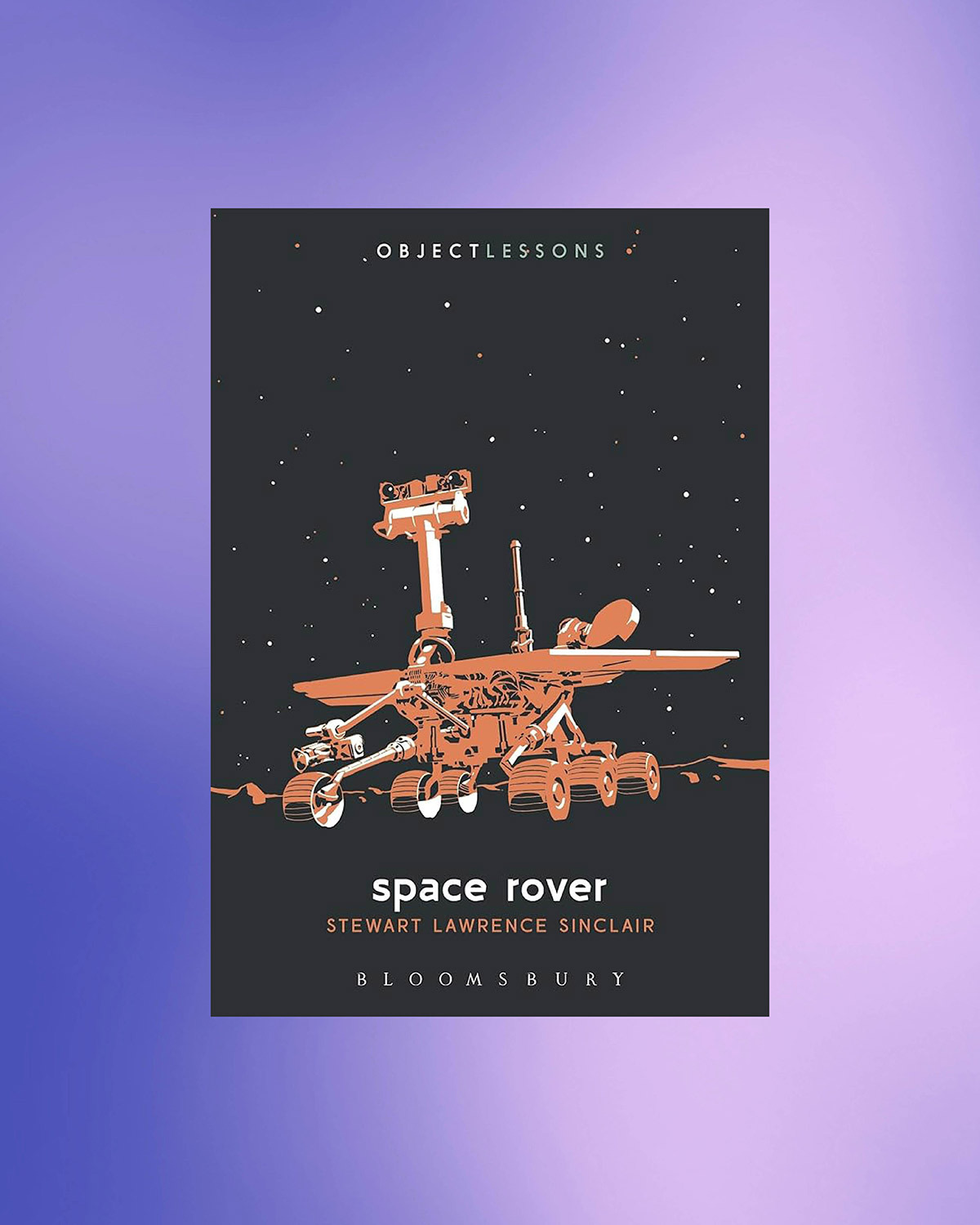
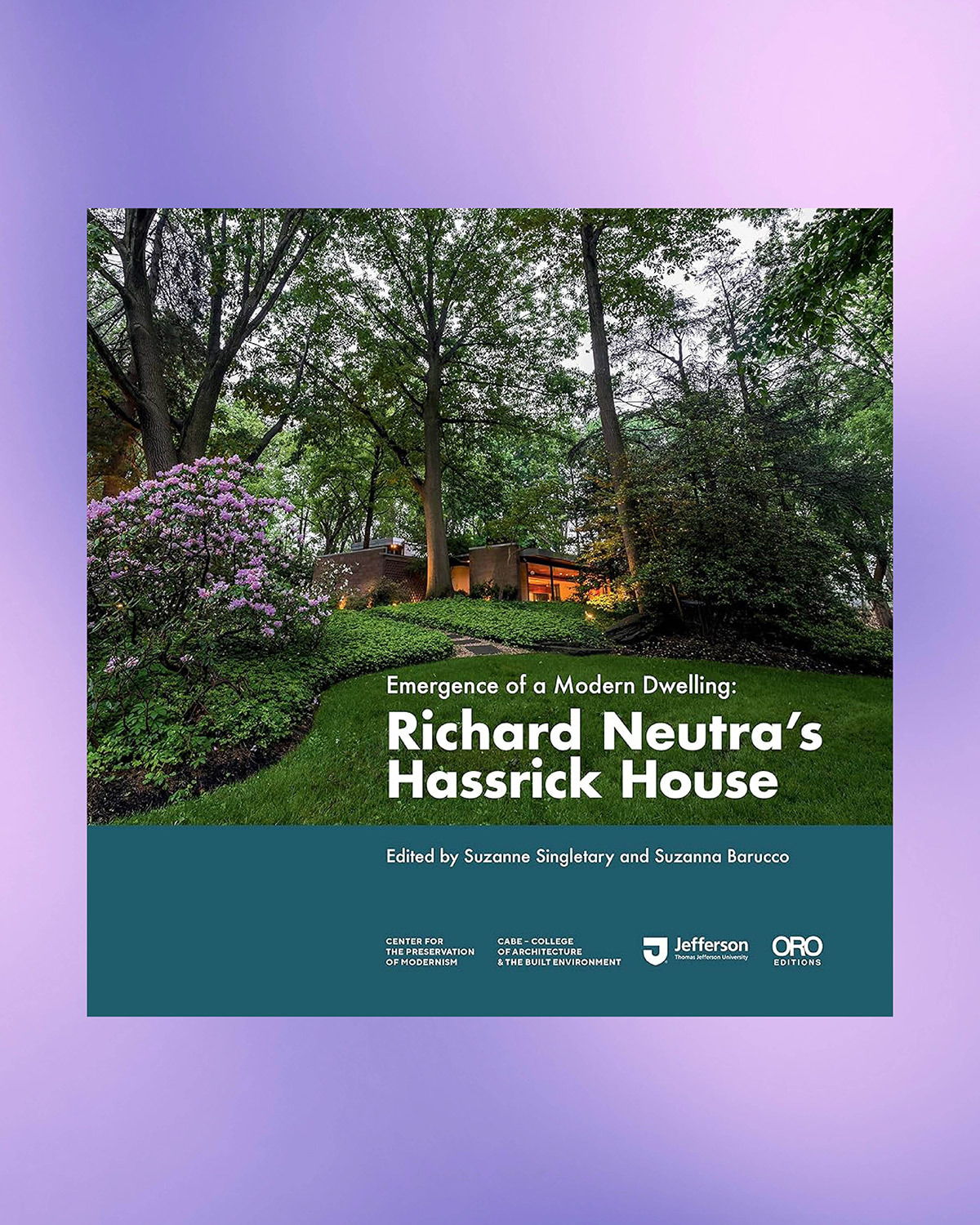
Carrie Mae Weems: Kitchen Table Series, Sarah Elizabeth Lewis / 2022 / MW Editions / 9781735762968
For this series, Carrie Mae Weems staged and photographed a fictional drama in which she plays the lead. The setting is always the same: a small room with a table and a single overhead light. Other cast members play lovers, friends, and daughters.
From this modest setup, the artist creates an entire world. The kitchen, traditionally considered a female space, has rarely been pictured as a site of importance. Weems turns this idea on its head. She suggests the kitchen table is the real stage where life’s biggest moments play out, and where the full range of human emotions is expressed.
The series compellingly examines women’s lives. It boldly asserts, in particular, Black womanhood’s complexity, strength, and beauty.
Emergence of a Modern Dwelling: Richard Neutra’s Hassrick House, Suzanne Singletary and Suzanna Barucco / 2021 / Oro Editions / 9781954081178
In the East Falls neighborhood of Philadelphia, just beyond the northern boundary of the Thomas Jefferson University’s East Falls campus, stands the Hassrick House (1958–61), designed by celebrated architect Richard Neutra, an icon of mid-century modern style. Often described as an East Coast interpretation of California Modernism, the Hassrick House is one of only three buildings designed by Neutra within the city limits.
Neutra’s architecture and his relationship with the Hassricks—particularly Barbara who emerged as the primary client voice while the house was being designed—captured the hearts, minds, and imaginations of everyone who engaged with the house. As one student recalled, “We have all gotten swept away in the stories unfolding from our research.” In 2018, Hauser and Acosta sold the property to the university with the understanding that the house would continue to be used for educational purposes. In George’s words, “I had come to realize that the students can be the future custodians of that home. They can be the eyes. They can be the archives. In a way, it becomes all of ours to share.”
This publication chronicles the students’ findings that shed light on Neutra’s design process, his collaboration with his clients, as well as the unsung role of Thaddeus Longstreth as Neutra’s proxy negotiator throughout the design and construction stages. During its approximately sixty-three-year lifespan, the Hassrick House tells a saga of design, dwelling, neglect, restoration, and reinvention today as a laboratory for learning. In many respects, the history of the Hassrick House tells an important story of the modernist movement in the US, both regionally and nationally.
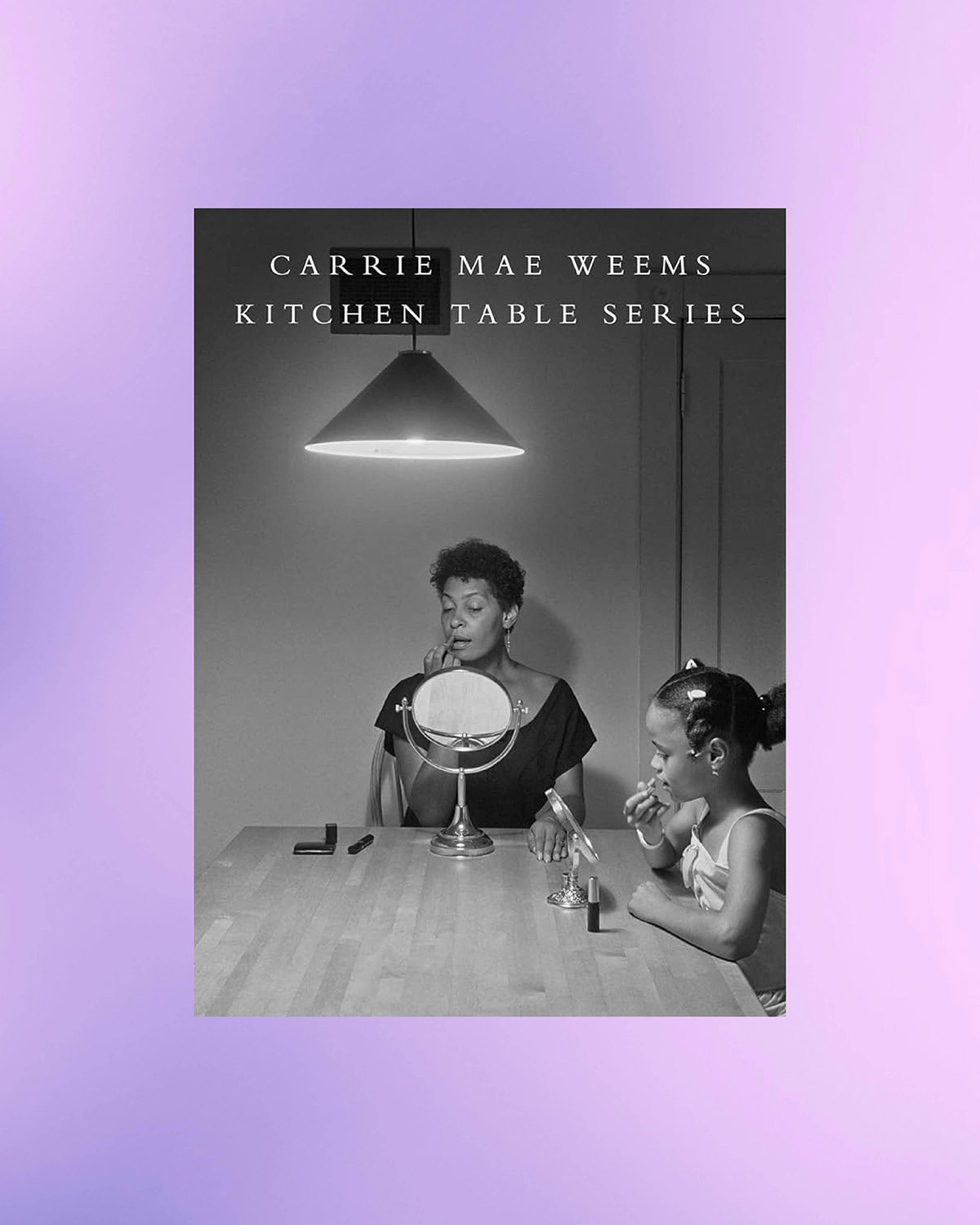
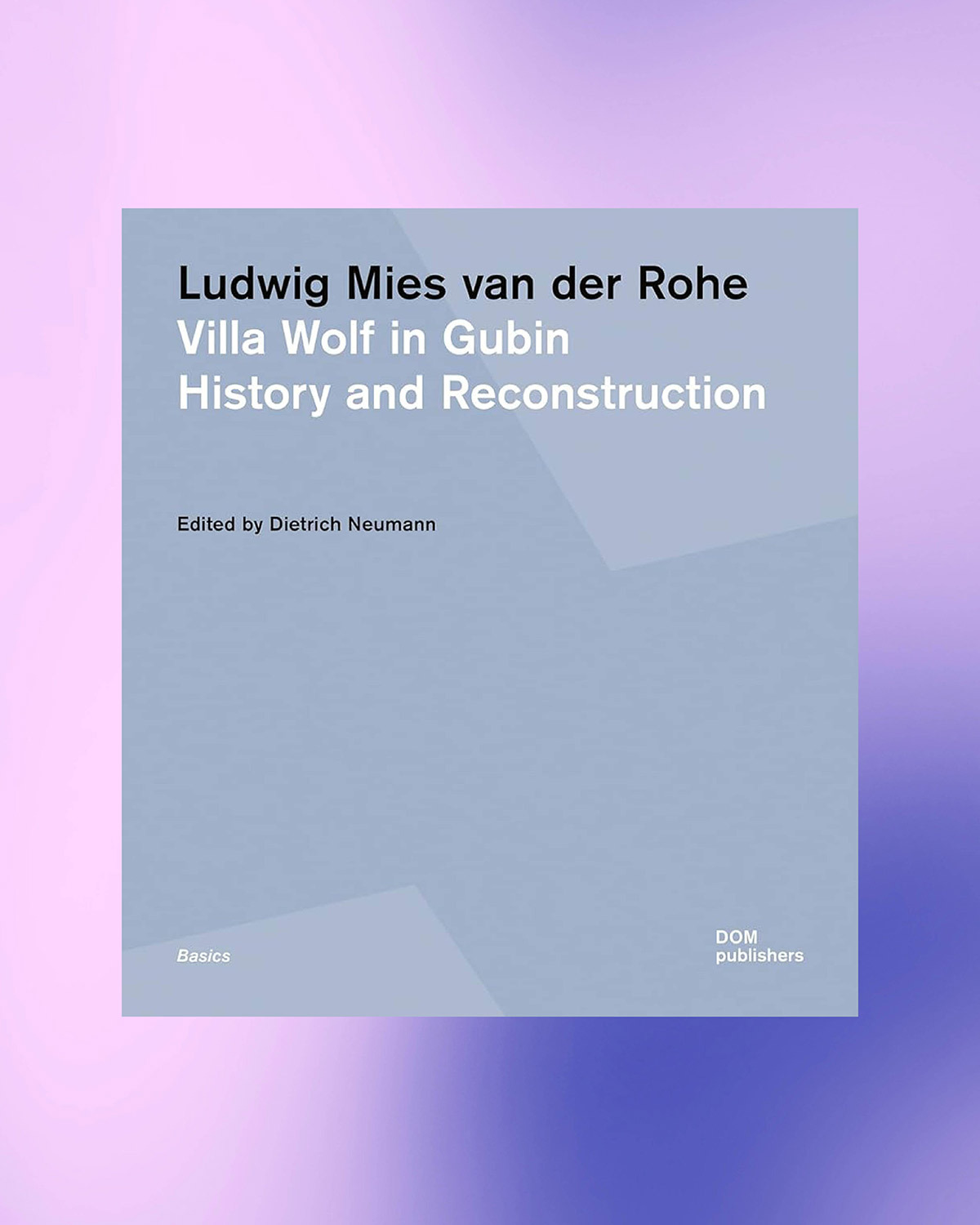
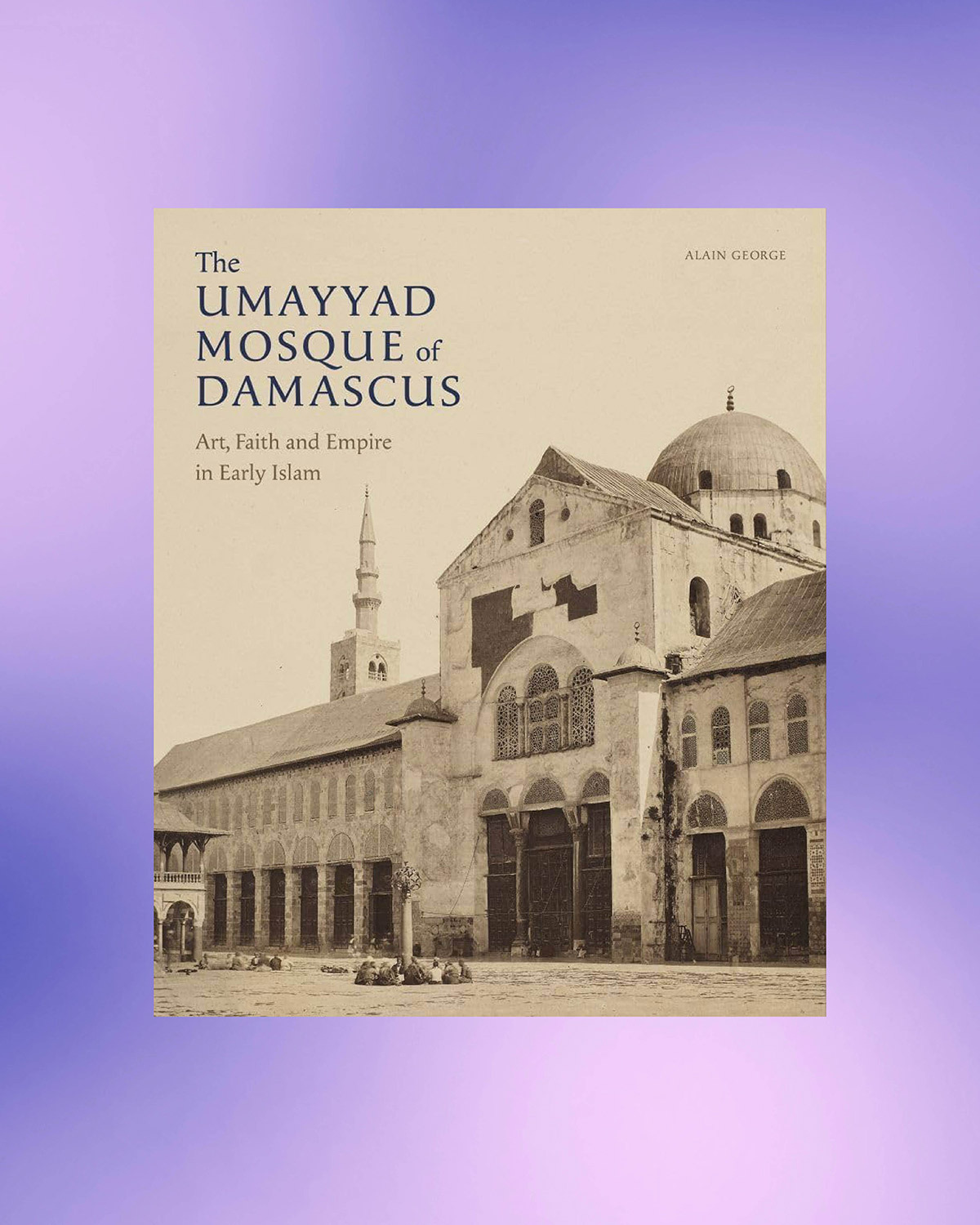
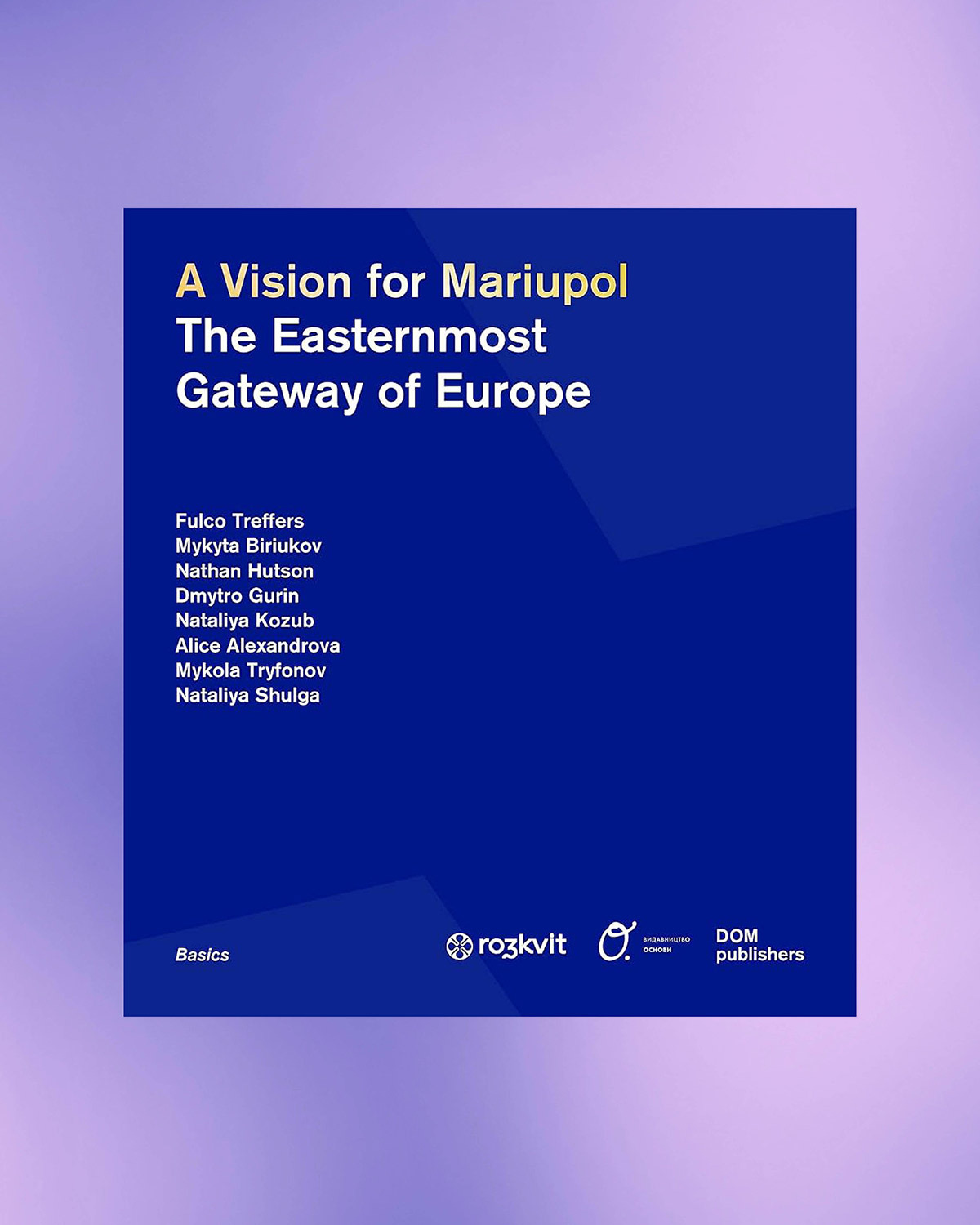
Ludwig Mies van der Rohe: Villa Wolf in Gubin: History and Reconstruction, Dietrich Neuman / 2023 / Dom Publishers / 9783869228198
Villa Wolf in Guben (now Gubin), built between 1925 and 1927, was Ludwig Mies van der Rohe’s first decidedly modern building. The residential building was destroyed at the end of the Second World War and in the immediate post-war period. The building practice of Mies van der Rohe – who is internationally known for his visionary glass skyscrapers and concrete buildings – remained conventional for a long time. With Villa Wolf, he presented a radical reinterpretation of the upper-class residential building: an open, diagonal sequence of rooms on the garden side, with the cubically-towered areas of the utility rooms and bedrooms next to it. The reception of the building was overshadowed by the great success of Mies van der Rohe’s successor buildings, such as the German Pavilion in Barcelona (1928–1929) and Villa Tugendhat in Brno (1929–1930). This volume presents the history of Villa Wolf in Gubin and documents the recent excavation of the basement as well as the graphic reconstruction as a prerequisite for the building’s reconstruction.
Maidan Museum: Preserving the Spirit of Maidan: Art, Identity, and the Revolution of Dignity, Giovanni Ercolani / 2023 / Columbia University Press / 9783838217635
The book examines the relation between art created during the so-called Revolution of Dignity–Maidan Events (November 21, 2013 – February 23, 2014, Ukraine) and the mission of the Maidan Museum (Kyiv, Ukraine) born from the ashes of Euromaidan, to preserve the ‘Spirit of Maidan.’ The Maidan events, defined as the Maidanization process, produced a post-colonial discourse language, a new apolitical ideology based on the concepts of dignity and Ukrainianness; generated symbols, social myths, and collective imaginary; triggered the ‘Spirit of Maidan’ that changed the consciousness of the participants in the demonstrations; and functioned as a ritual of intensification-aggregation-initiation passage, in which the identity of new Ukraine was shaped. In this transformative process, in which the human being is seen as an ‘animal identitarium’ struggling, defending, and fighting for his/her own identity, artists played a crucial role in assembling the main elements of the post-Maidan Ukrainian identity (homo Maidan), were able to empower the whole movement with concrete ideas, and finally reworked objects, symbols, and music already present in the Ukrainian DNA through a process of meaningization, symbolization, mythization, canonization, sacralization, and interpellation. This volume is based on interviews with artists who dramatically participated in the Maidan events and fieldwork at the Maidan Museum, and unfolds and identifies the main elements, emotions, expectations, and motivations of the relation of art creation and Ukrainian post-Maidan identity formation based on the ‘Spirit of Maidan.’
OMA’s Kunsthal in Rotterdam: Rem Koolhaas and the New Europe, Tibor Pataky / 2023 / Park Books / 9783038603214
Opened in 1992, the Kunsthal in Rotterdam is a key design in the portfolio of Rem Koolhaas, one of the most influential architectural thinkers of our time, and OMA, the renowned firm he cofounded in 1975. It is part of the Museumpark, a park designed by OMA and the location of the Nederlands Architectuurinstituut NAi, the Museum Boijmans Van Beuningen, and the Museum of Natural History.
This outstanding space for art is a destination for countless architecture fans every year. It is celebrated by Tibor Pataky, architect and architectural historian, in this inspiring book. He explains the history, the programmatic background, and the cultural references of the design. He also places it in the context of OMA’s work of the 1980s and the intellectual environment of Deconstructivism. Nine captivating series of illustrations—historic and new photographs, plans and documents from OMA’s archive, newly drawn plans of the finished building, and other images—focus on the structure’s outstanding qualities. OMA’s Kunsthal in Rotterdam is a tribute to one of the most significant works of post-WWII architecture in Europe.
A Place at the Nayarit: How a Mexican Restaurant Nourished a Community, Natalia Molina / 2022 / University of California Press / 9780520385481
In 1951, Doña Natalia Barraza opened the Nayarit, a Mexican restaurant in Echo Park, Los Angeles. With A Place at the Nayarit, historian Natalia Molina traces the life’s work of her grandmother, remembered by all who knew her as Doña Natalia––a generous, reserved, and extraordinarily capable woman. Doña Natalia immigrated alone from Mexico to LA, adopted two children, and ran a successful business. She also sponsored, housed, and employed dozens of other immigrants, encouraging them to lay claim to a city long characterized by anti-Latinx racism. Together, the employees and customers of the Nayarit maintained ties to their old homes while providing one another safety and support.
The Nayarit was much more than a popular eating spot: it was an urban anchor for a robust community, a gathering space where ethnic Mexican workers and customers connected with their patria chica (their “small country”). That meant connecting with distinctive tastes, with one another, and with the city they now called home. Through deep research and vivid storytelling, Molina follows restaurant workers from the kitchen and the front of the house across borders and through the decades. These people's stories illuminate the many facets of the immigrant experience: immigrants' complex networks of family and community and the small but essential pleasures of daily life, as well as cross-currents of gender and sexuality and pressures of racism and segregation. The Nayarit was a local landmark, popular with both Hollywood stars and restaurant workers from across the city and beloved for its fresh, traditionally prepared Mexican food. But as Molina argues, it was also, and most importantly, a place where ethnic Mexicans and other Latinx LA residents could step into the fullness of their lives, nourishing themselves and one another. A Place at the Nayarit is a stirring exploration of how racialized minorities create a sense of belonging. It will resonate with anyone who has felt like an outsider and had a special place where they felt like an insider.
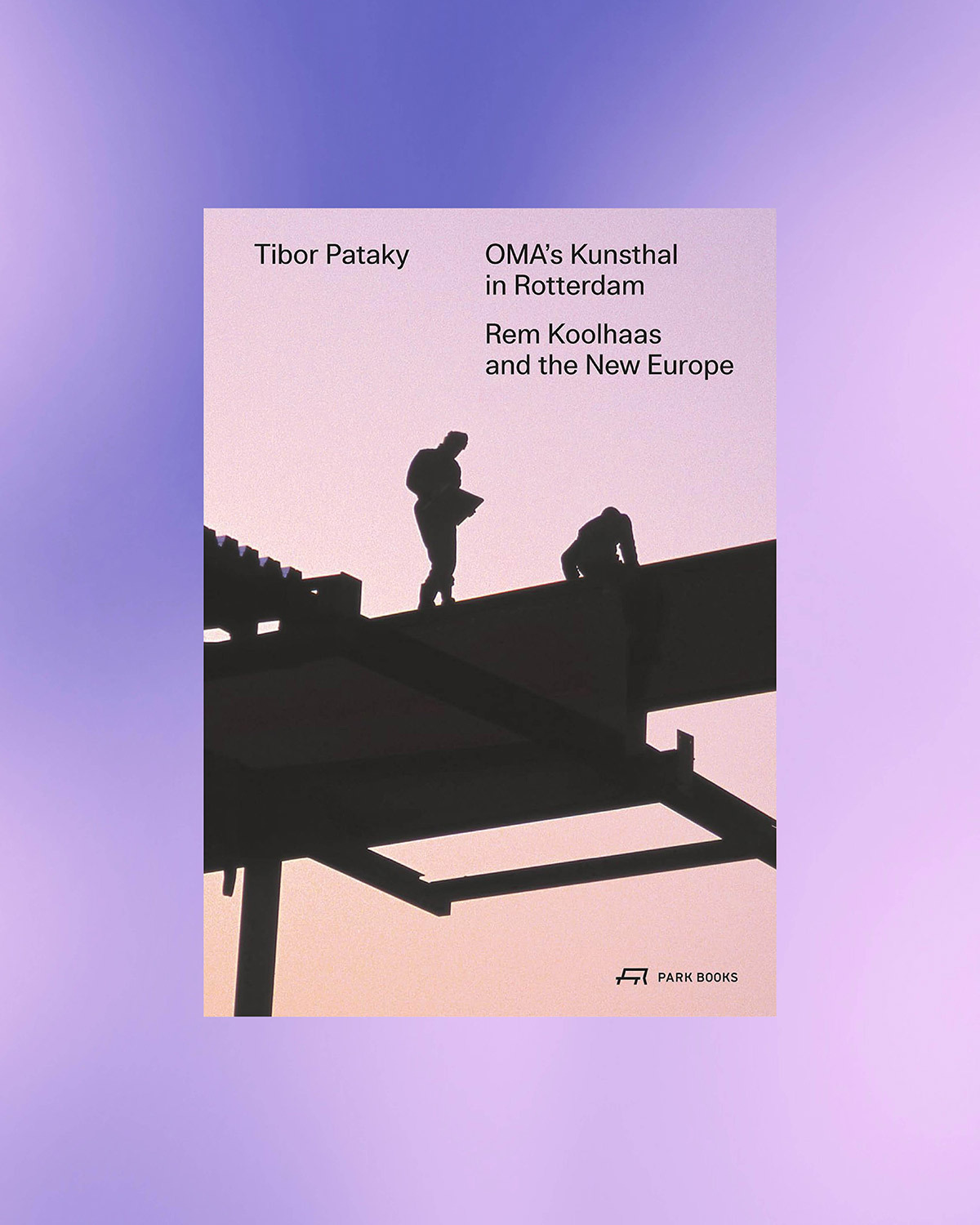
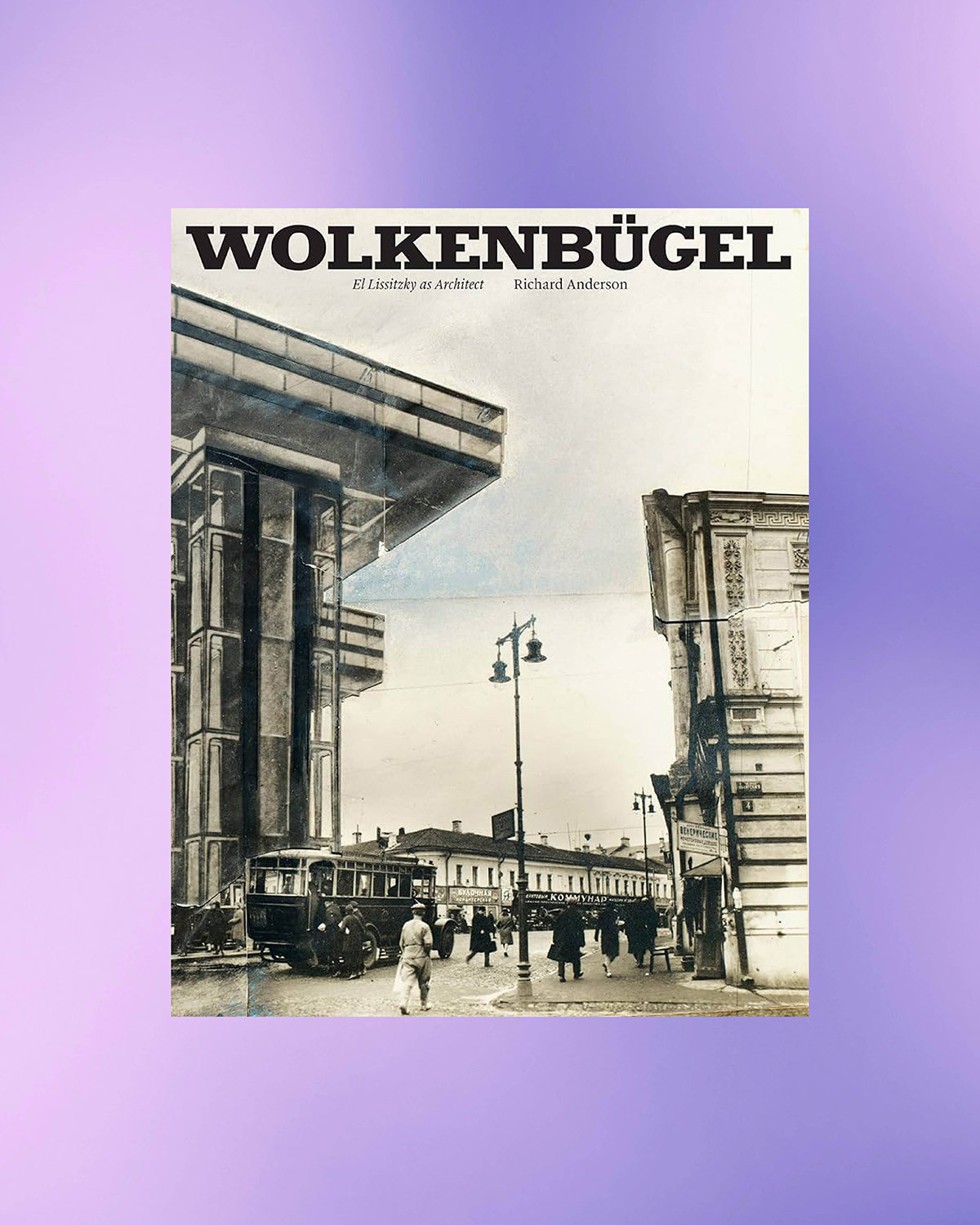
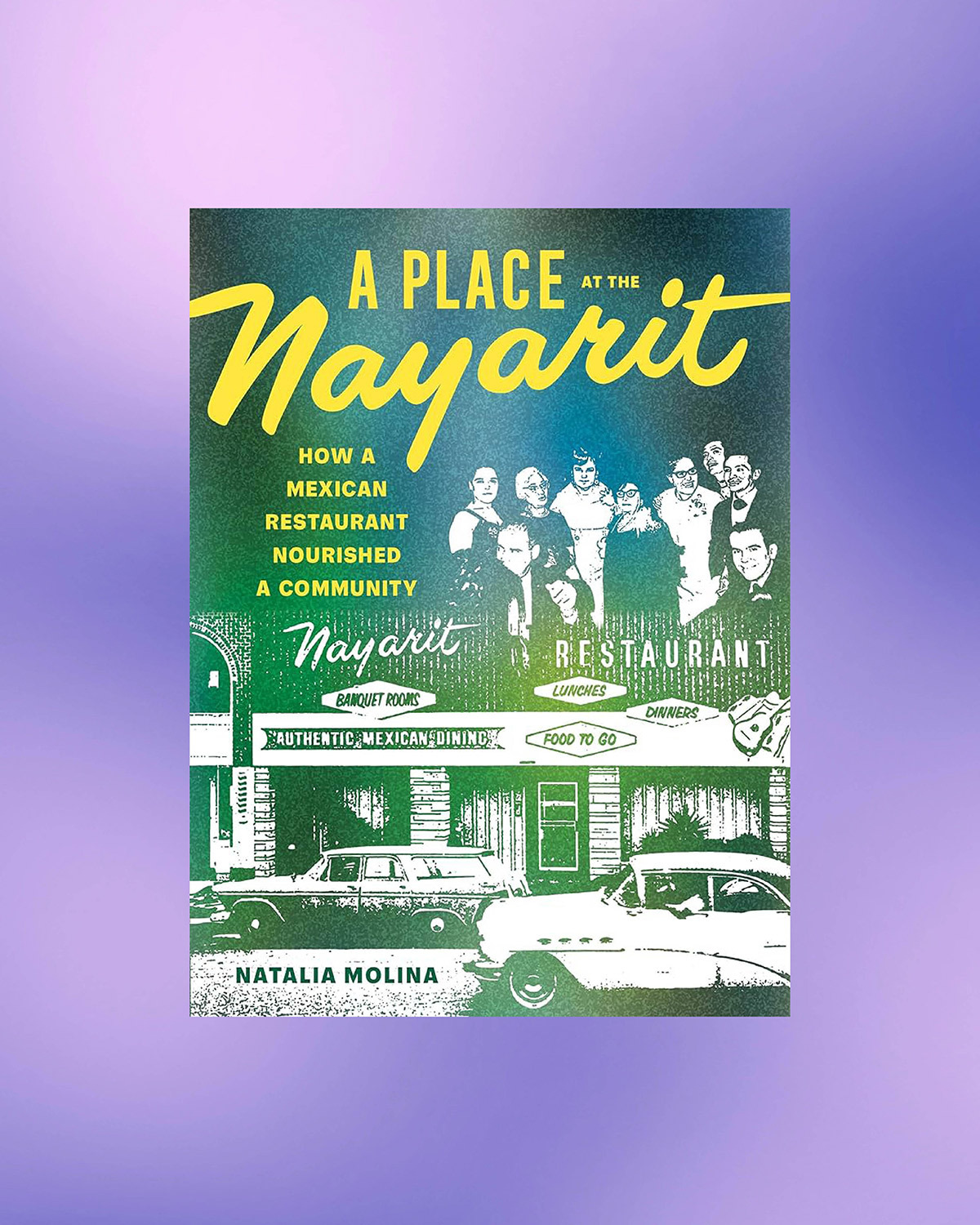
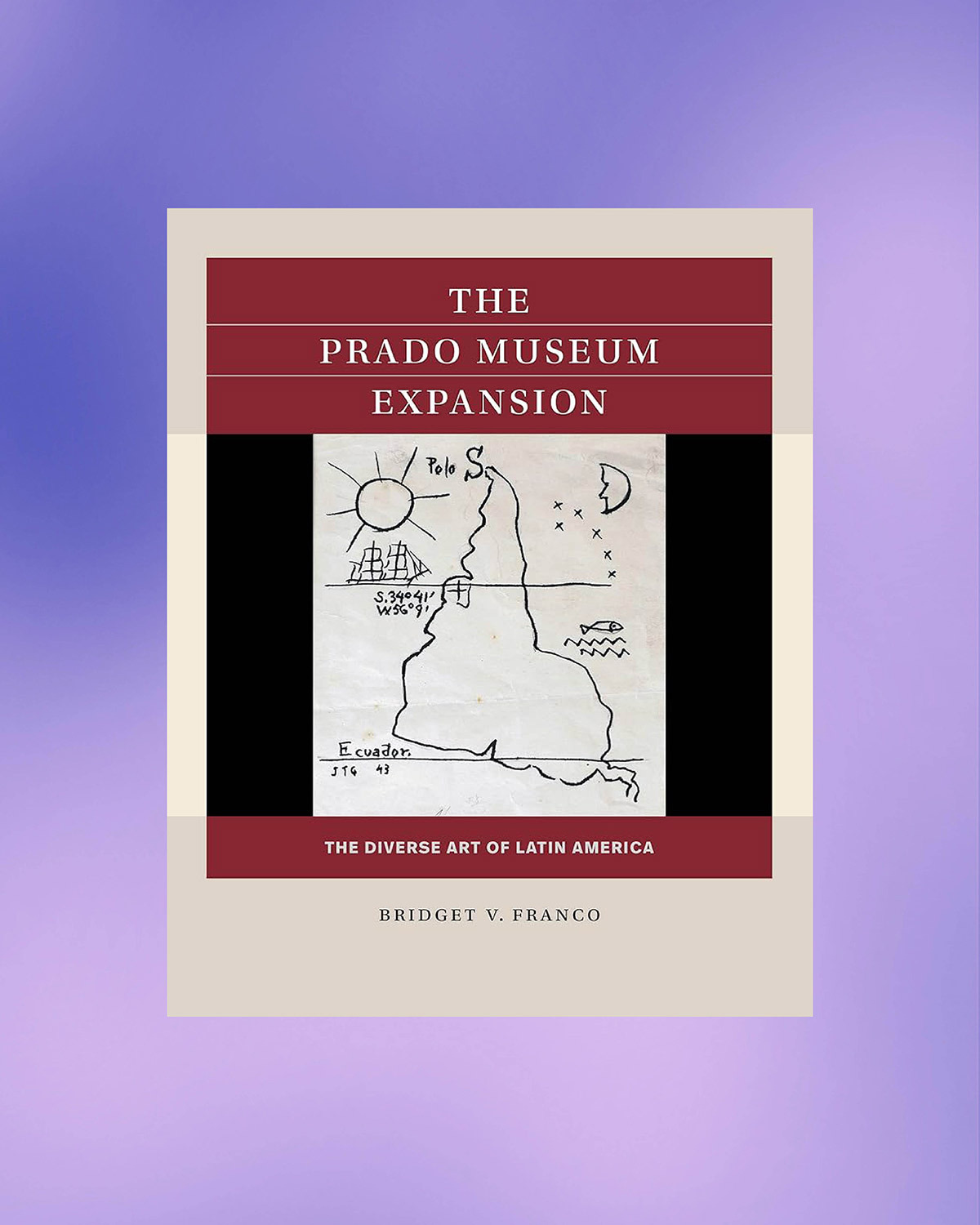
Prado Museum Expansion: The Diverse Art of Latin America, Bridget Franco / 2023 / The University of North Carolina Press / 9781469676852
From 2001 to 2007, the world-renowned Prado Museum in Madrid, Spain, underwent an ambitious expansion project that reorganized the spatial design of the museum and allowed for additional exhibition space. Coinciding with the completion of this large construction project were a series of celebrations surrounding the 2010 bicentenary of South American independence movements, a clear reminder of the complicated relationship between Spain and its former colonies in Latin America. Inspired by this significant historical moment and with an eye to diversifying its predominantly Spanish-centered permanent collection, the Prado Museum decides to host a competition for a new gallery of Latin American art.
The game begins in 2010 as students, assuming the roles of curators, art patrons, living artists, and art dealers, set into motion a series of negotiation sessions that will help the museum decide which artworks to choose for the new gallery. Students will analyze a broad range of artistic movements and styles related to Latin American art from the twentieth to the twenty-first centuries, in an effort to support the acquisition of paintings that best represent the diverse artistic legacies and historical heritage of the region.
The Space Rover (Object Lessons Series), Stewart Lawrence Sinclair / 2024 / Bloomsbury / 9781501399954
Object Lessons is a series of short, beautifully designed books about the hidden lives of ordinary things. In 1971, the first lunar rover arrived on the moon. The design became an icon of American ingenuity and the adventurous spirit and vision many equated with the space race.
Fifty years later, that vision feels like a nostalgic fantasy, but the lunar rover's legacy paved the way for Mars rovers like Sojourner, Curiosity, and Perseverance. Other rovers have made accessible the world's deepest caves and most remote tundra, extending our exploratory range without risking lives. Still others have been utilized for search and rescue missions or in cleanup operations after disasters such as Chernobyl.
For all these achievements, rovers embody not just our potential, but our limits. Examining rovers as they wander our terrestrial and celestial boundaries, we might better comprehend our place, and fate, in this universe. Object Lessons is published in partnership with an essay series in The Atlantic.
The Umayyad Mosque of Damascus: Art, Faith and Empire in Early Islam, Alain George / 2021 / Gingko / 9781909942455
The Umayyad Mosque of Damascus is one of the oldest continuously used religious sites in the world. The mosque we see today was built in 705 CE by the Umayyad caliph al-Walid on top of a fourth-century Christian church that had been erected over a temple of Jupiter. Incredibly, despite the recent war, the mosque has remained almost unscathed, but over the centuries has been continuously rebuilt after damage from earthquakes and fires. In this comprehensive biography of the Umayyad Mosque, Alain George explores a wide range of sources to excavate the dense layers of the mosque’s history, also uncovering what the structure looked like when it was first built with its impressive marble and mosaic-clad walls. George incorporates a range of sources, including new information he found in three previously untranslated poems written at the time the mosque was built, as well as in descriptions left by medieval scholars. He also looks carefully at the many photographs and paintings made by nineteenth-century European travelers, particularly those who recorded the building before the catastrophic fire of 1893.
Upper Lawn, Solar Pavilion, Alison Smithson / 2023 / Mack / 9781915743008
In 1958, the architects Alison and Peter Smithson bought a derelict cottage on the Fonthill Estate in Wiltshire, southwest England. Over the next four years they transformed it into a country home for their young family and an extended experiment in the methods and materials that would shape their practice; a pavilion drawing on the tradition of the English folly, known as Upper Lawn or the Solar Pavilion. Retaining the cottage's original stone walls and one of its chimneys, the Smithsons built what they described as 'a simple climate house': two open floors looking over the hills and valleys of Fonthill, where life could be lived simply and in consonance with the fluctuations of weather and seasons. The innovations developed in this private and modest home would feed into large-scale projects, such as Robin Hood Gardens housing estate, for which the Smithsons would become renowned. This publication explores the rich story of Upper Lawn's construction and inhabitation by revisiting the small book Alison Smithson created with architect Enric Miralles in 1986. Here, the book's contents, including diary entries, photographs, drawings, and references, are republished in full in a new design, expanded by extensive new materials from the Smithson archive. Together, these documents describe the building's lived life, picturing it as a ledger of wear and use, a means of private and professional exploration, and a lens onto the passage of time inside and outside its walls. This book places Upper Lawn at the heart of the Smithsons' practice, revealing its own quiet philosophy and ethics of architecture. This new book has been edited in collaboration with the Smithson Family Collection and includes an introductory essay by Paul Clarke, Professor of Architectural Design at the Belfast School of Architecture.
A Vision for Mariupol - Easternmost Gateway of Europe, Fulco Treffers / 2024 / Dom Publishers / 9783869226309
The City of Mariupol’s heroic defense and systematic destruction at the beginning of the Russian invasion have made it an international symbol of senseless brutality and Ukrainian defiance. The ruined city today still harbors the embers of that resistance.
A Vision for Mariupol joins a multidisciplinary team of architects, planners, Mariupol residents, and outside experts from "Ro3kvit. Urban Coalition for Ukraine" as they envision the rebirth of their beloved city following its liberation. Inspired by the Ukrainian people’s faith and determination to rebuild, the authors join forces with displaced Mariupol residents to imagine a dynamic future for Mariupol that will begin the day the Ukrainian flag rises. Despite the unavailability of reliable information and the difficulty of communicating with the scattered population, the team illustrates the case for planning rebuilding while the city is still under occupation, both so as to exorcise the scars of war and colonialism and to establish a viable economy and human-centred city that draws strength from its tragic past.
Wolkenbügel - El Lissitzky as Architect, Richard Anderson / 2024 / MIT Press / 9780262048781
After achieving international acclaim as a painter and designer, El Lissitzky set out in 1924 to convince the world—and himself—that he was also an architect. He did this with a project for a “horizontal skyscraper,” which he gave an obscure and untranslatable name: Wolkenbügel. Eight of these buildings, perched atop slender pillars, were intended to stand at major intersections along Moscow’s Boulevard Ring, integrating the flow of tramlines, subways, and elevators. In Wolkenbügel, Richard Anderson explores Lissitzky’s translation of visual and textual media into spatial ideas and offers an in-depth study of the surviving drawings and archival artifacts related to Lissitzky's most complex architectural proposal.
This book offers a new and definitive account of how Lissitzky expanded the conceptual and representational tools available to the modern architect by drawing on many sources—including photography, typography, exhibition design, and even the elementary forms of the alphabet—to create the Wolkenbügel. Anderson shows how the production and reception of a paper project served to link key ideas and relationships that animated the worlds of art and architecture, offering a new view on received histories of the interwar avant-gardes. By attending to Lissitzky’s singular architectural project, Anderson reveals the dynamics of internationality in the constitution of modern architectural culture in Europe.